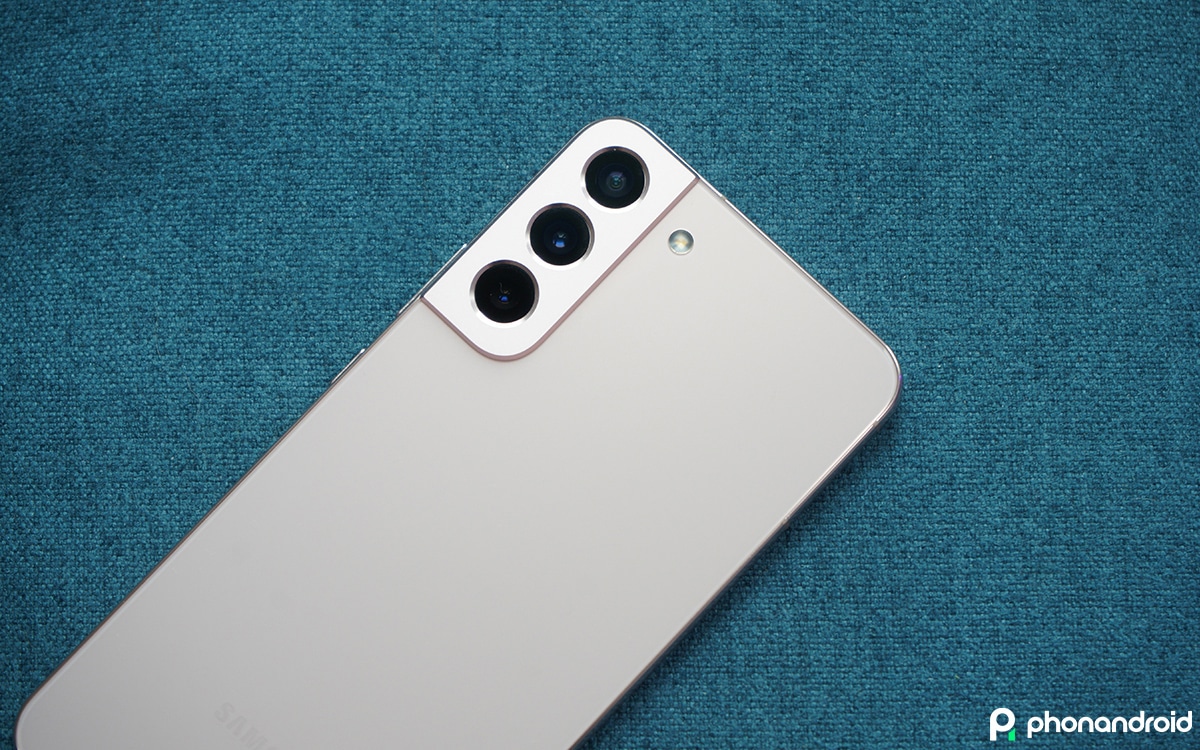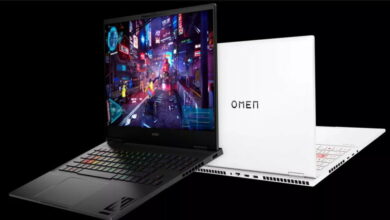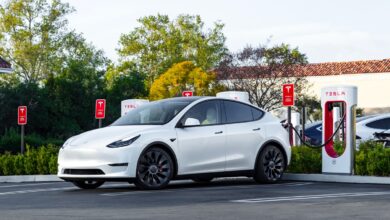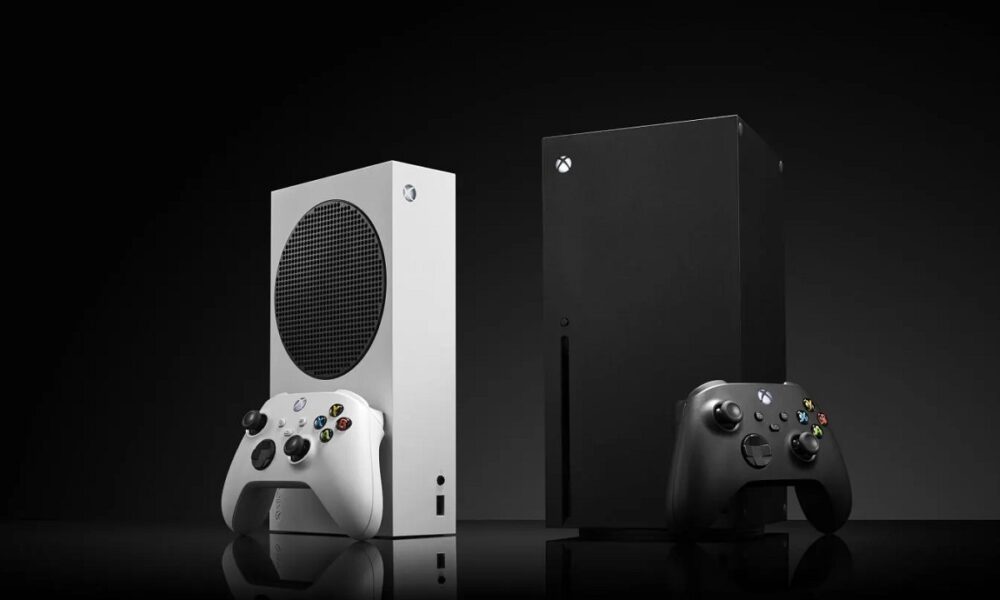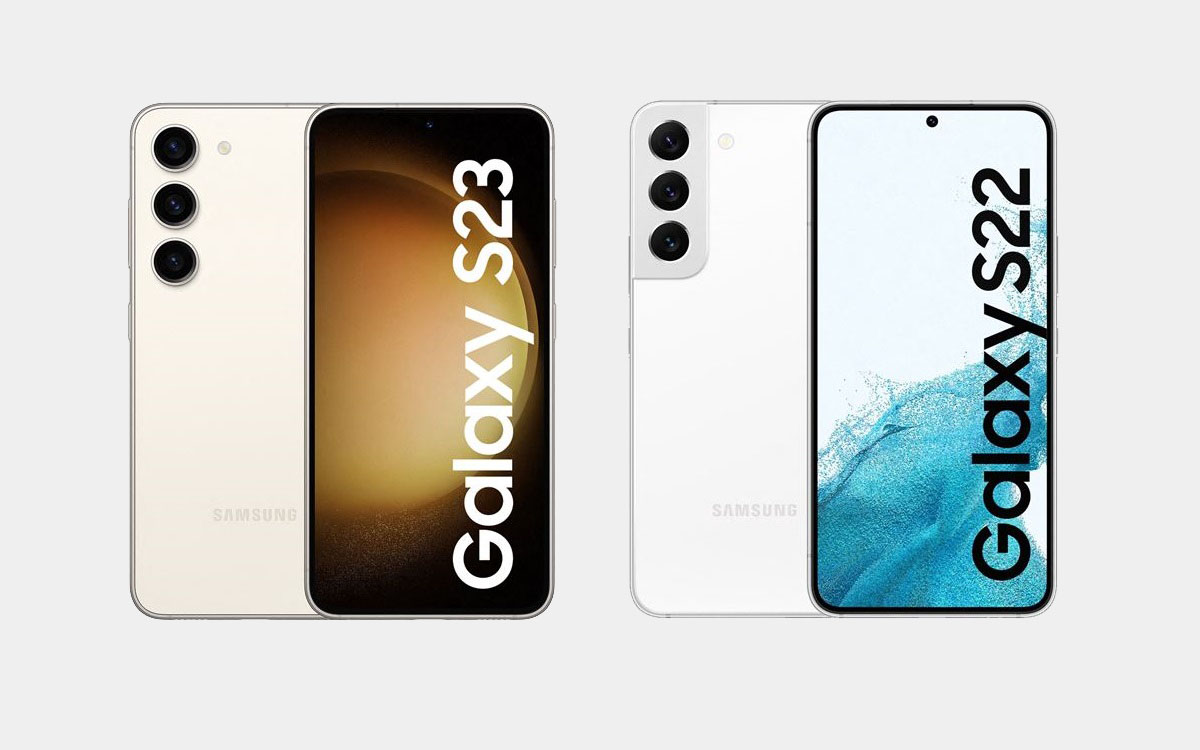
The Galaxy S23, S23+ and S23 Ultra were officially unveiled at the Galaxy Unpacked conference on Wednesday 1er February 2023. The Galaxy S23 is the smallest of the siblings. It is also the cheapest model. Already own a Galaxy S22 and thinking about upgrading to the next generation? This comparison will help you make the right decision.
The Galaxy S23 was made official on the 1er February 2023 and takes over from the Galaxy S22. Like every year, we lent ourselves to the game of differences between the new model and that of the previous generation. The exercise is relatively easy because, while there are not many changes, the few we have identified are quite significant.
To give you a taste: Samsung has finally decided to abandon its SoC Exynos in favor of the Snapdragon on the European market. Autonomy, performance… needless to recall the weaknesses of Samsung chips compared to their equivalents from Qualcomm. But this discrimination that has lasted too long is now a thing of the past.
Galaxy S23 vs. S22: technical sheets
| Galaxy S23 | Galaxy S22 | |
|---|---|---|
| Screen | 6.1″ AMOLED FHD+ 48-120Hz 2400 x 1080 pixels 1750nits |
6.1″ AMOLED FHD+ 48-120Hz 2400 x 1080 pixels 1300nits |
| chipsets | Qualcomm Snapdragon 8 Gen 2, 4nm WiFi 6E |
Exynos 2200, 4nm WiFi 6 |
| BONE | Android 13 + One UI 5.1 | Android 12 + One UI 4.1 |
| RAM | 8 GB | 8 GB |
| Storage | 128/256 GB | 128/256 GB |
| microSD | No | No |
| Main sensor | 50 MP wide-angle f/1.8 OIS PDAF Dual Pixel 12 MP ultra wide angle f/2.2 120° 10 MP Telephoto 3X Optical Zoom f/2.4 OIS PDAF |
50 MP wide-angle f/1.8 OIS PDAF Dual Pixel 12 MP ultra wide angle f/2.2 120° 10 MP Telephoto 3X Optical Zoom f/2.4 OIS PDAF |
| selfie sensor | 12 MP, f/2.2, 26mm Dual Pixel PDAF | 10MP (f/2.2) PDAF Dual Pixel |
| Battery | 3900mAh 25W wired charging 15W wireless charging |
3700mAh 25W wired charging 15W wireless charging |
| 5G | Yes | Yes |
| Biometrics | Ultrasonic fingerprint scanner under the screen | Ultrasonic fingerprint scanner under the screen |
| Water resistance | IP68 | IP68 |
Design
The most visible change in design concerns the photo block on the back. The protrusion of the block disappears to make way for a discreet insertion of the photo sensors in the chassis of the Galaxy S23. Last year, this feature was reserved for the Galaxy S22 Ultra.
It’s a small rapprochement between the two basic models (S23 and S23+ which share the same design) and the Ultra version. However, there is still a clear demarcation that allows the Galaxy S23 Ultra to keep all its personality.
The photo block on the back was appreciated by some and less so by others. Samsung also specifies that its deletion is a customer request. If this decision makes it possible to return to a more conventional design, the Galaxy S23 suddenly becomes less recognizable at first glance. Indeed, this marked character of the block offered its predecessors a rather distinctive trait.
That aspect aside, the Galaxy S23 and Galaxy S22 are similar in every other way. We always notice the presence of the punch at the top, in the center of the screen. The design is generally thin and pleasant as we have seen during our handling of the Galaxy S23. The edge is made of aluminum and gives it an ever so premium look.
Screen
Two changes are noteworthy regarding the screen of the Galaxy S23. The latter gets a bit brighter as it goes to 1750 nits maximum instead of 1300 nits for the Galaxy S22. The new slab is also entitled to Gorilla Glass Victus 2 glass for its resistance. The screen is thus less likely to break after a relatively violent fall.
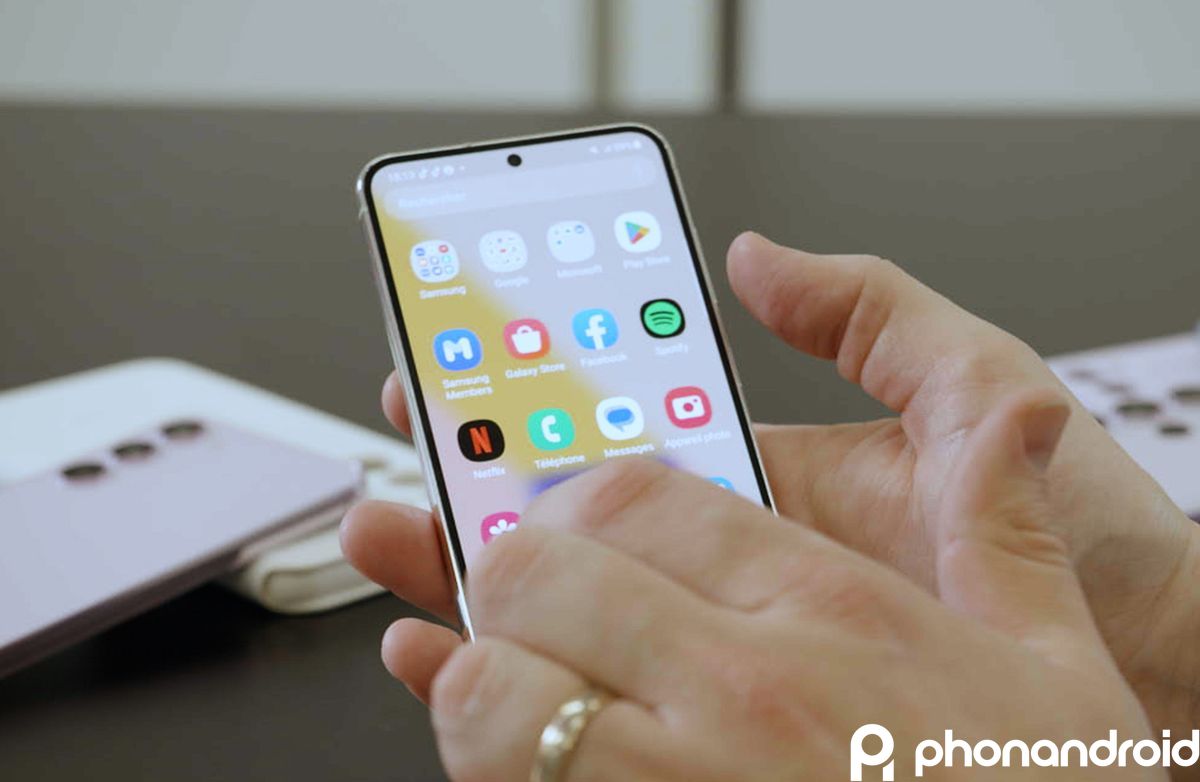

This standard allows him in particular to avoid damage after a fall of 1m (hip height) on concrete or even 2m on a surface like asphalt.
For the rest, the characteristics of the AMOLED screen of the Galaxy S23 are the same as those of the Galaxy S22. We stay on a diagonal of 6.1 inchesa Full HD+ definition (2340 x 1080 pixels) and a refresh rate of 120Hz. The screen is still not LTPO technology, unlike that of the Galaxy S23 Ultra.
The refresh rate thus goes down to 10 Hz when necessary to optimize battery life. That’s not bad compared to the floor of most non-LTPO monitors. They do not go lower than 30 Hz in general.
Performance
We said so in the introduction. The biggest evolution of the Galaxy S23 concerns its chip. Samsung has long relied on Exynos SoCs – which have been widely criticized – in Europe. They have always been less powerful than their Qualcomm equivalents found in particular on the American versions of the Galaxy SX.
The Galaxy S22’s Exynos 2200 will therefore be the last. Place at Snapdragon 8 Gen 2 found under the hood of the Galaxy S23, but also the Galaxy S23 Plus and the Galaxy S23 Ultra. Note that Samsung still wants to offer a certain particularity. The brand offers here a modified version “for Galaxy” of the Snapdragon 8 Gen 2. It has the particularity of offering slightly higher frequencies than those of other Android smartphones with this chip.
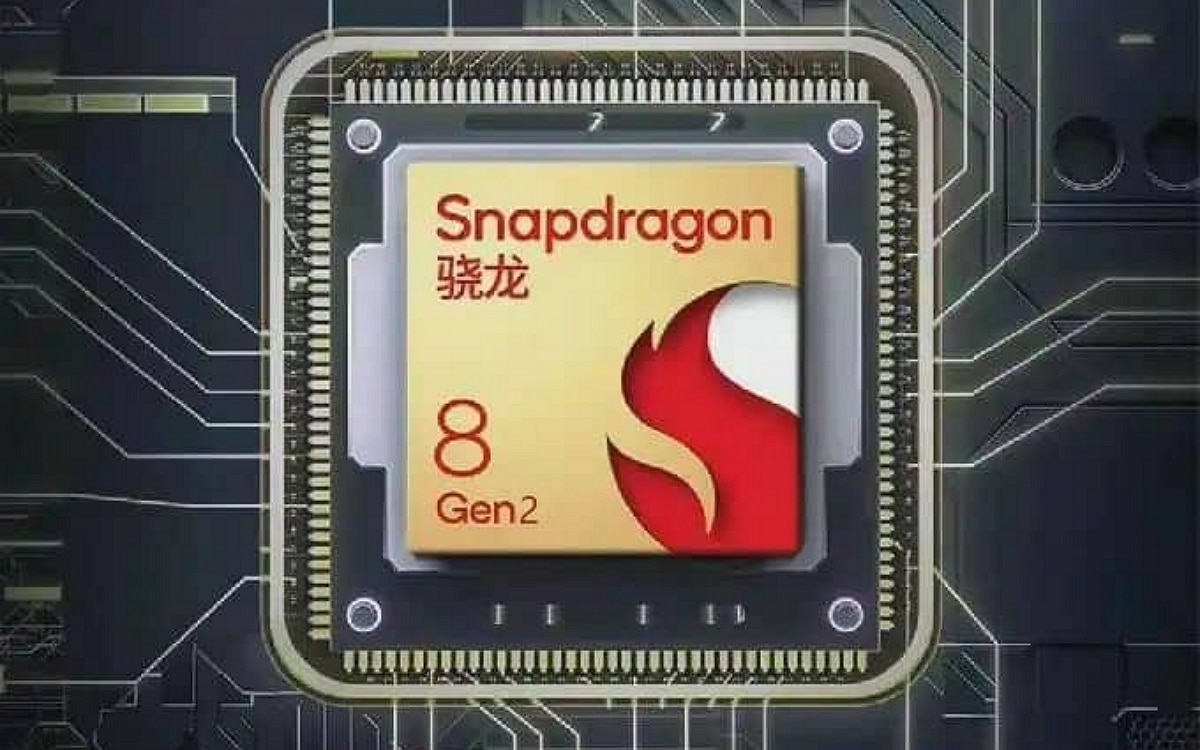

The first benchmarks show that the new Qualcomm chip is up to 45% faster than the Exynos 2200 based on results obtained with the GeekBench 5 platform. And that’s not counting the “overclocking” of the Samsung model. It does, however, give us an idea of the performance boost that can be expected when moving from the Galaxy S22 to the Galaxy S23. Moreover, although they use the same fineness of engraving, the Snapdragon chip is more energy efficient than the Exynos.
Photo
This year, Samsung has not changed anything to the rear photo sensors unlike the Selfie sensor. LThe configuration of the rear sensors is therefore the same as that of the Galaxy S22 which improved the photo part of the Galaxy S21. The Korean firm seems to opt for a status quo strategy every two years. Because, the observation was already the same when switching from the Galaxy S20 to the S21.
The Galaxy S23 thus has the same 50-megapixel main sensor as the S22, with Dual Pixel autofocus. It is a 24 mm equivalent sensor opening at f/1.18. Samsung uses pixel binning technology here. Each pixel is 1 micron in size, but fusing 4 units can form a 4 micron super pixel, which is 12.5 megapixel photos in reality.


This allows the sensor to process more light and therefore improve the quality of photos, especially at night. Added to this is the night mode which boosts the clarity of photos in very dark environments.
For the rest, the main sensor is supported by a 10 megapixel telephoto lens with 3x optical zoom and 30x digital zoom. The third sensor is a 12-megapixel ultra-wide-angle module. Up front, however, the Galaxy S23 has a 12 MP sensor against 10 MP for the Galaxy S22.
Find all the characteristics of the sensors in the table of technical sheets above. In conclusion on this topic, the Galaxy S23 vs S22 match for the photo part therefore has practically no winner. The only improvement is at the level of the selfie sensor has been slightly improved.
Battery and fast charging
The Galaxy S23 has a larger battery than the Galaxy S22. We go from 3700 mAh to 3900 mAh, an improvement of around 5%. And knowing that the Snapdragon 8 Gen 2 is less power hungry, the S23 should offer significantly better battery life than the Galaxy S23.
As for fast charging, Samsung remains on a power of 25W for the Galaxy S23, the same as that of the Galaxy S22. So no change in that regard. For the moment the manufacturer has not specified the power of the Galaxy S23’s wireless charging. but on the previous model, it was 10W.
Galaxy S23 vs. Galaxy S22: conclusion
The purpose of this verdict is not to say whether the Galaxy S23 is better than the Galaxy S22. The answer is obviously yes. Because as we have seen, the S23 has a stronger and brighter screen. He is more efficient thanks to the new Snapdragon Gen 2 SoC and has a bigger battery.
The real question is whether the purchase of the new Galaxy S23 is justified for those who already have a Galaxy S22. The answer is variable and will depend on each user. If you run intensive applications, and in particular greedy 3D games, the contribution of the Snapdragon 8 Gen 2 compared to the Exynos 2200 is undeniable.
It is more powerful, more stable, and less energy-consuming. However, for most users, the Galaxy S22’s Exynos 2200 provides comfortable performance for smooth day-to-day use. If power matters to you, a switch to the Galaxy S23 is therefore fully justified.
For the rest the Galaxy S23 does not change much compared to the S22. In particular, they have the same photo sensors. For many users, the photo part is one of the deciding factors. And here in this case, it’s not worth switching from the Galaxy S22 to the S23 if photography is your criterion of choice.

